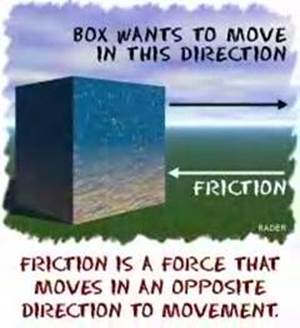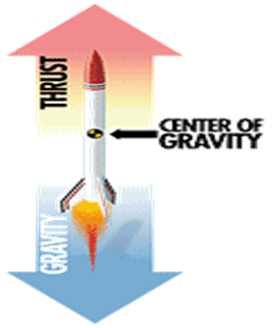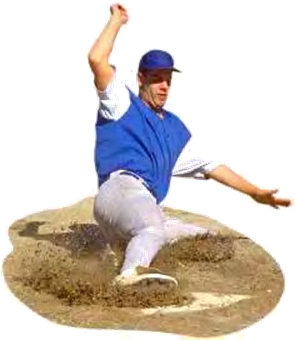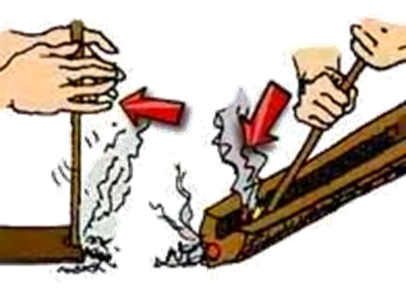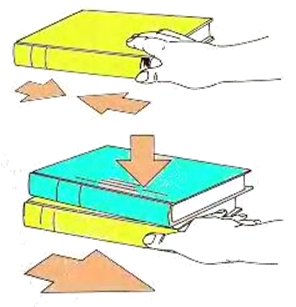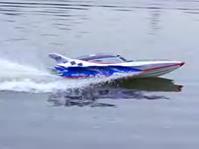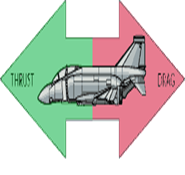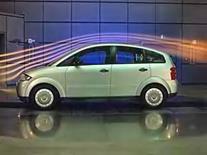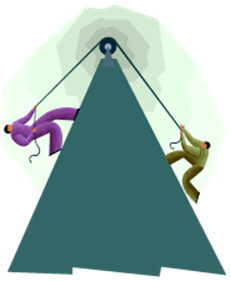
FORCES AND FRICTION/FIRST SEMESTER FINAL
When a chair is sitting on the floor, gravity is exerting a force in a downward direction. Remember, if this were the only force, it would be an unbalanced force and the chair would continue to move in a downward direction. Since the chair is sitting there in a stationary position and not moving, a force must be acting in an upward direction as well. That upward force is the floor supporting the chair and, since these two forces are equal, there is no movement. If the downward force of gravity on the chair was greater than the upward force of the floor, the chair would fall through the floor. If the floor exerted more upward force than the downward force of the chair, the floor and the chair would move upward.
According to Newton’s Third Law, for every action, there is an equal and opposite reaction (force). When a person attempts to open a door that person exerts a force on the door and the door exerts its own force (inertia and friction) back on the person. If the forces are equal, the door will not move. The door will open only when the person’s force is greater than the door’s force. This law discusses interacting pairs. The force on A acts on B so B acts on A. These forces are equal but on 2 separate objects so they do not cancel.
|
|
|
A force in our environment that always opposes motion is called friction. Friction exits between two adjacent solids which are touching each other. A baseball player sliding into second base is experiencing friction between his body and the ground.
|
|
A special name is given to friction when the two objects (entities) are not both solids. Drag is that frictional force on an object that is in a liquid or gas. A boat traveling on a river or lake experiences drag since the boat is a solid, but it is traveling in a liquid. An airplane flying between two cities experiences drag, as well, since the airplane is a solid, but it is traveling through a gaseous environment. Today’s cars and planes are being engineered and built to be more aerodynamically friendly to reduce drag and/or friction.
|
|
|
Friction causes many things in our environment to wear out. Imagine your shoes never wearing out or, pencils never lose their points. Friction causes these two thing to happen and countless other “wear out” or “replacement” nuisances in our lives. So, wouldn’t the world be a better place without friction? Definitely not!
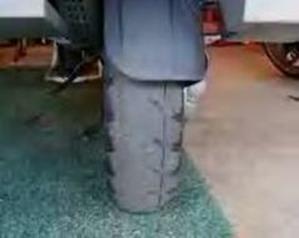
Although friction is a force against motion, life would be nearly impossible without it! Would you like to take a ride on a sail boat, for instance? You could not stand on the deck of that boat without friction. The captain could not steer the boat if there was no friction between the hand and the steering wheel. The sail boat would not move either because the wind would not be able to push on the sail.
Brakes on Bicycles
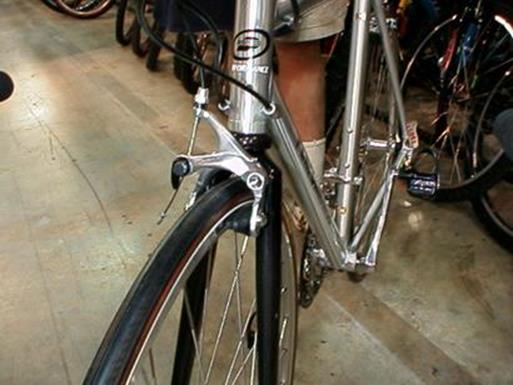
The brakes on most bikes use cables to transfer force from the rider pulling on levers to the rubber brake pads, which squeeze the wheel rims. The sliding friction between the pads and the rims slows the bike down.
Friction in our Lives
Friction can be very good in our lives in some cases and a real nuisance in others. A great deal of time, energy, and research is spent attempting to reduce friction in our environment. Oil is essential in your car’s engine and transmission to reduce friction on the moving parts. Moving van workers utilize rollers to make moving furniture easier. All friction produces some heat. When rubbing your hands together, you have experienced friction and the heat it produces. The heat that is produced from friction is mostly wasted energy. The more we can reduce friction in car engines, the better gas mileage we will achieve with our cars. At the same time, there is some research being conducted to increase friction. The manufacturers of auto and truck tires are trying to increase friction between the road and the tire. This will allow moving vehicles to be safer in all road conditions. If there is not enough friction when a vehicle attempts to turn, maneuver, or stop, the vehicle becomes less safe to drive. Manufacturers of shoes are constantly experimenting with shoe tread to increase friction and allow the shoe to have better traction or grip and thus be safer.
Check Your Understanding
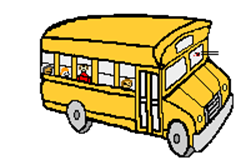 While driving down the road, an unfortunate bug strikes the
windshield of a bus. Quite obviously, this is a case of Newton's third law of
motion. The bug hit the bus and the windshield hit the bug. Which of the two
forces is greater: the force on the bug or the force on the bus?
While driving down the road, an unfortunate bug strikes the
windshield of a bus. Quite obviously, this is a case of Newton's third law of
motion. The bug hit the bus and the windshield hit the bug. Which of the two
forces is greater: the force on the bug or the force on the bus?
Trick Question! Each force is the same size. For every action, there is an equal ... (equal!). The fact that the bug splatters only means that with its smaller mass, it is less able to withstand the larger acceleration resulting from the interaction.
FIRST SEMESTER FINAL
Good Luck!!!
You will now take your First Semester Final Exam for your Physical Science course. All of the questions in this exam cover all of the material in units 1-17. You should go back and review the material in each of these units before attempting the completion of the exam.
